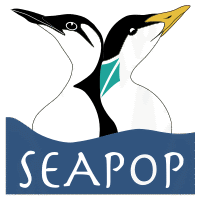Dietary versus maternal sources of organochlorines in top predator seabird chicks: an experimental approach
Bourgeon, S., Leat, E.H.K., Furness, R.W., Borgå, K., Hanssen, S.A., Bustnes, J.O. 2013. Dietary versus maternal sources of organochlorines in top predator seabird chicks: an experimental approach. Environmental Science & Technology 47(11): 5963-5970. DOI: 10.1021/es400442q
